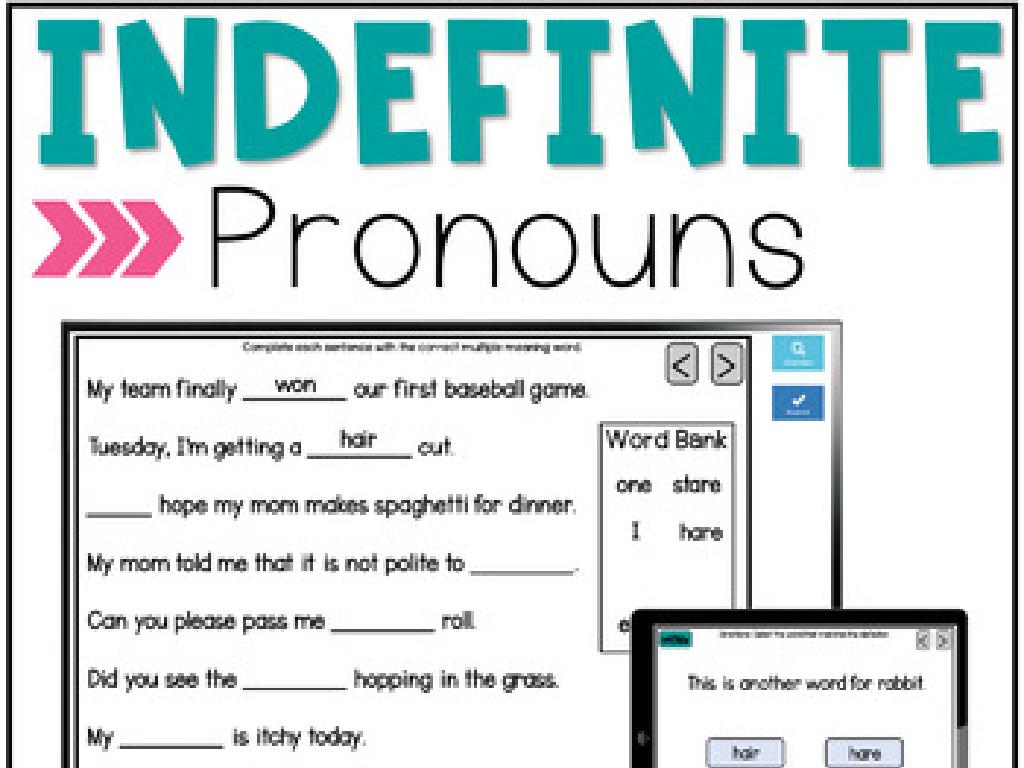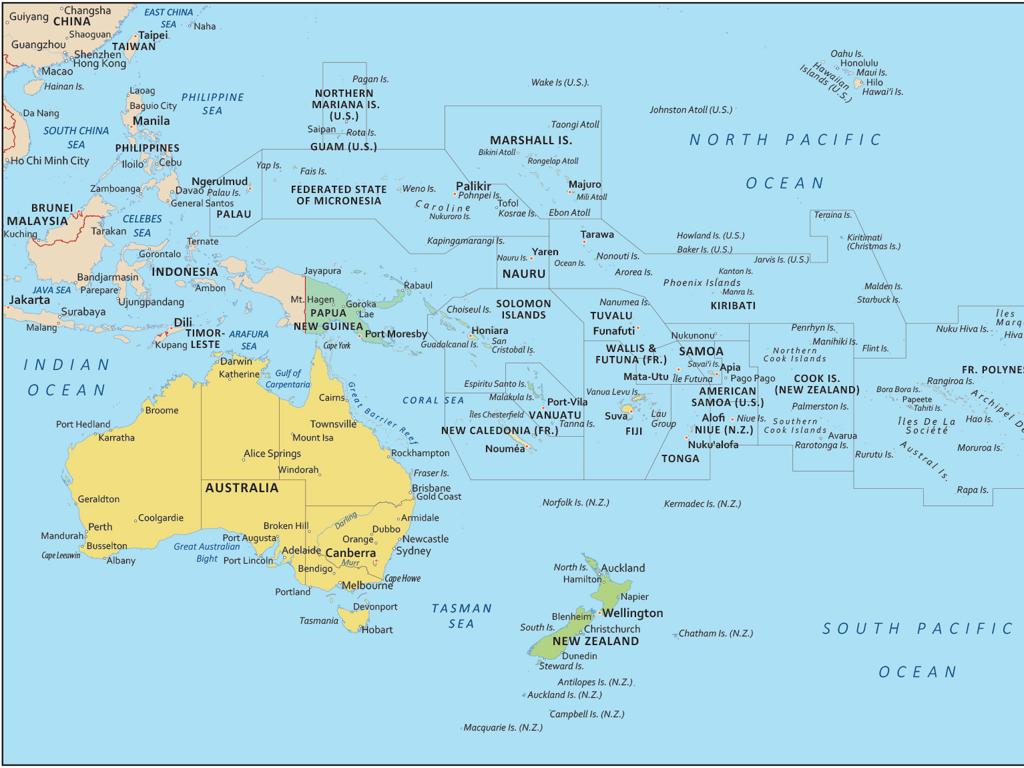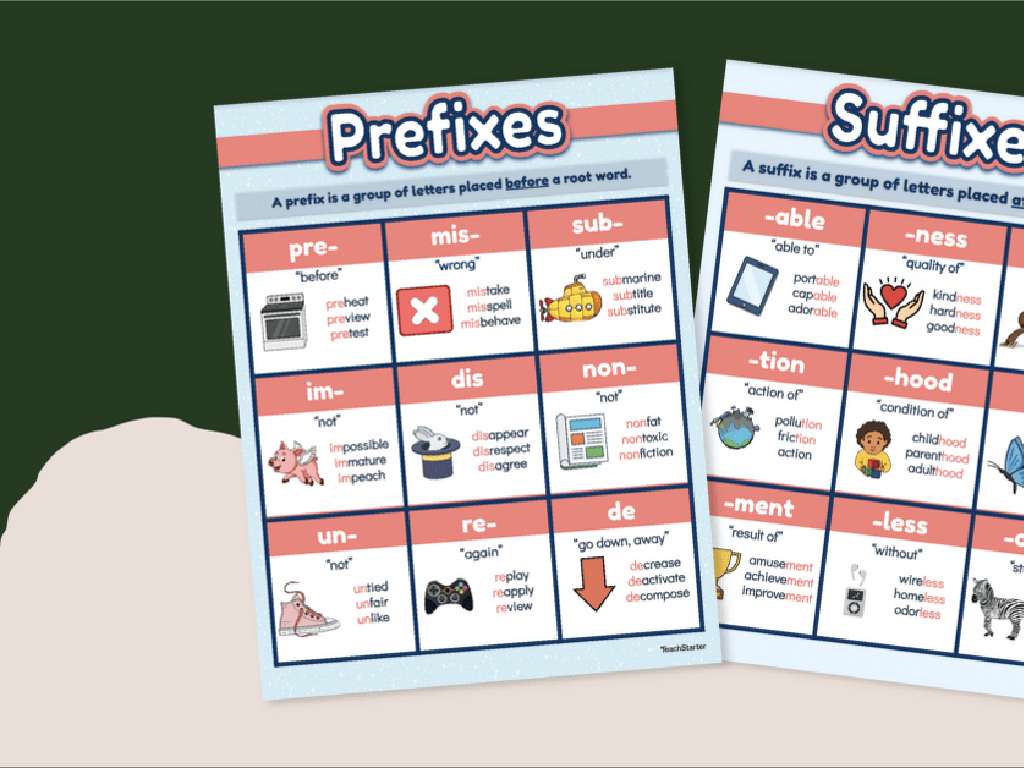Identify Earth's Land Features
Subject: Science
Grade: Second grade
Topic: Earth's Features
Please LOG IN to download the presentation. Access is available to registered users only.
View More Content
Exploring Earth’s Land Features
– Our planet’s diverse surface
– Majestic mountains
– Tall landforms reaching the sky
– Vast valleys and plains
– Low areas and flat lands
– Discovering different landforms
– Examples include hills, plateaus, and deltas
|
This slide introduces students to the variety of land features found on Earth. Emphasize the diversity of the planet’s surface and how these features are formed naturally over time. Mountains are high, pointed areas that can be rocky and steep. Valleys are lower areas often found between mountains, while plains are wide, flat lands. Encourage students to think about these features in their local environment or places they may have visited. Use simple language and real-life examples to help them connect with the topic. In the next class, we can have an activity where students create their own landform models using clay or playdough.
Exploring Earth’s Land Features
– What are land features?
– Natural parts of Earth’s surface
– Examples: mountains, hills, rivers
– Tall mountains, rolling hills, flowing rivers
– Each feature’s uniqueness
– Like different pieces in a puzzle
– Characteristics of land features
– Size, shape, and how they’re used
|
This slide introduces the concept of land features to second-grade students. Begin by explaining that land features are the different natural parts we see on the Earth’s surface. Provide relatable examples such as mountains, hills, and rivers, and use images if possible to help students visualize each type. Discuss how each land feature is unique, like pieces in a puzzle that make up our planet. Talk about the characteristics that help us identify and describe these features, such as their size, shape, and how people and animals use them. Encourage students to think of land features they have seen or visited.
Exploring Mountains
– Mountains are tall and rocky
– They’re higher than hills and made of rock
– They can have snowy peaks
– Some mountains are so high they reach the areas where it’s cold enough for snow
– Example: The Rocky Mountains
– The Rocky Mountains stretch across North America and are very tall
|
This slide introduces the concept of mountains to second-grade students. Begin by explaining that mountains are much taller than any landforms they are familiar with and are made of rock. Discuss how the height of mountains can affect their climate, leading to snow-covered peaks. Use the Rocky Mountains as a relatable example, as they are a well-known mountain range in North America. Encourage students to think about mountains they may have seen or heard about. You can also discuss how mountains are formed, although this can be covered in more detail in higher grades.
Exploring Valleys: Earth’s Land Features
– Valleys: low areas on Earth
– Valleys are like big ditches in the ground.
– Often found between hills or mountains
– They’re like wrinkles on a rumpled bedsheet.
– May contain rivers or streams
– Water from rain usually flows there.
– Example: The Grand Canyon
– It’s a very big valley with a river at the bottom!
|
This slide introduces valleys as one of Earth’s land features. Explain that valleys are lower areas of land, often situated between mountains or hills, where water from rain gathers and forms rivers or streams. Use the Grand Canyon as a relatable example of a valley, as it is a well-known landmark. Encourage students to think of valleys as natural cradles for rivers and habitats for various wildlife. Discuss how valleys are formed by geological processes over time. You can also show pictures of the Grand Canyon and other valleys to give students a visual understanding of the concept.
Exploring Plains
– Plains are big flat lands
– Plains are perfect for farming
– They have rich soil for crops to grow
– The Great Plains are a vast area
– Located in the central US, they’re known for their wide open spaces
– Why plains are important for us
– They provide space for homes and food production
|
This slide introduces students to plains, one of Earth’s land features. Plains are described as large, flat areas that are often used for farming due to their fertile soil. The Great Plains in the United States serve as a specific example, highlighting their extensive size and openness. Emphasize the importance of plains in providing space for agriculture, which is essential for growing food, as well as for building homes and communities. Encourage students to think about how flat land can be used in different ways and why it’s easier to build on flat land than on mountains or hills.
Exploring Deserts: Earth’s Dry Landscapes
– Deserts are very dry areas
– Places with little rain, like the Sahara
– Deserts can be hot or cold
– Hot deserts and cold deserts like Antarctica
– Special plants and animals live there
– Cacti in hot deserts, penguins in cold deserts
– Examples: Sahara and Antarctica
|
This slide introduces students to the concept of deserts as a type of land feature on Earth. Emphasize that deserts are defined by their lack of precipitation, not necessarily by their temperature. Highlight the Sahara as an example of a hot desert and Antarctica as an example of a cold desert. Discuss the adaptations of plants like cacti in hot deserts and animals like penguins in cold deserts. Encourage students to think about how these living things have special features to survive in such extreme conditions. This will help students appreciate the diversity of Earth’s landscapes and the resilience of life in different environments.
Exploring Islands
– Islands: land surrounded by water
– Think of an island as a land pool in a big water ocean
– Islands vary in size
– From tiny ones you can walk across to huge ones like Greenland
– Example: Hawaii
– Hawaii is made up of many islands in the Pacific Ocean
– Islands can be homes or habitats
– Animals and people live on islands, and they have unique ecosystems
|
This slide introduces the concept of islands to second-grade students. Start by explaining that an island is a piece of land completely surrounded by water. Emphasize that islands come in various sizes, from very small to very large. Use Hawaii as a relatable example since it’s a well-known place and consists of several islands. Discuss how islands can be homes to people and animals, and they have their own ecosystems. Encourage students to think about what it would be like to live on an island and what unique features they might find there. You can also discuss how islands are formed, such as by volcanic activity or coral growth.
Class Activity: Create Your Own Land Feature!
– Time to be creative with land features
– Use clay to make your favorite landform
Mountains, valleys, plains – choose what you like!
– Share and describe your creation
Tell us what it is and why you like it
– Learn about different land features
|
This activity is designed to allow students to explore Earth’s land features hands-on. Provide a variety of materials including clay, colored paper, and paint for students to construct a model of their favorite land feature. Encourage creativity and ensure they understand the characteristics of the landform they choose to create. As they share, ask them to describe their land feature, what it looks like, and where it can be found in the world. This will help reinforce their understanding of the topic. Possible activities include creating a mountain with surrounding foothills, a river valley, or a coastal beach scene. This will cater to different learning styles and keep the class engaged.






